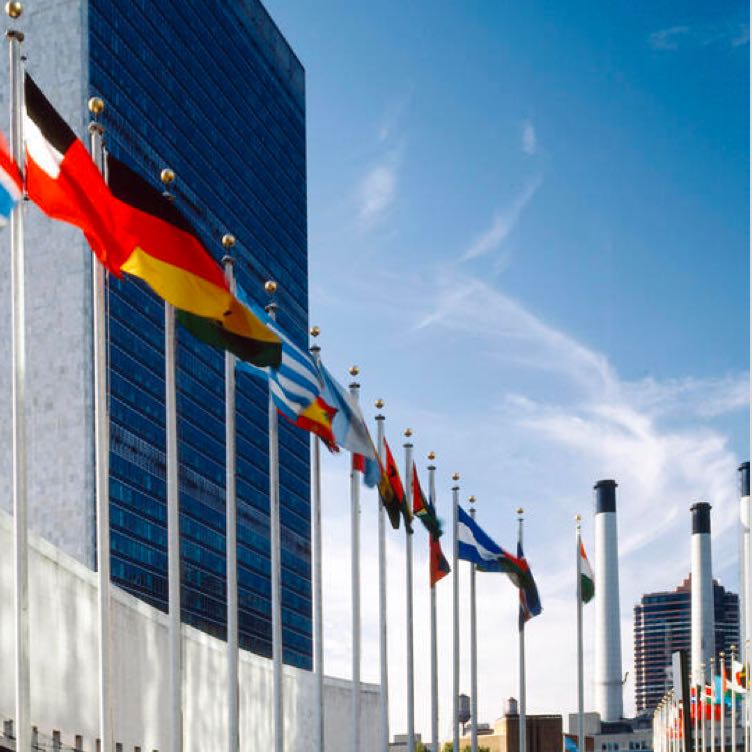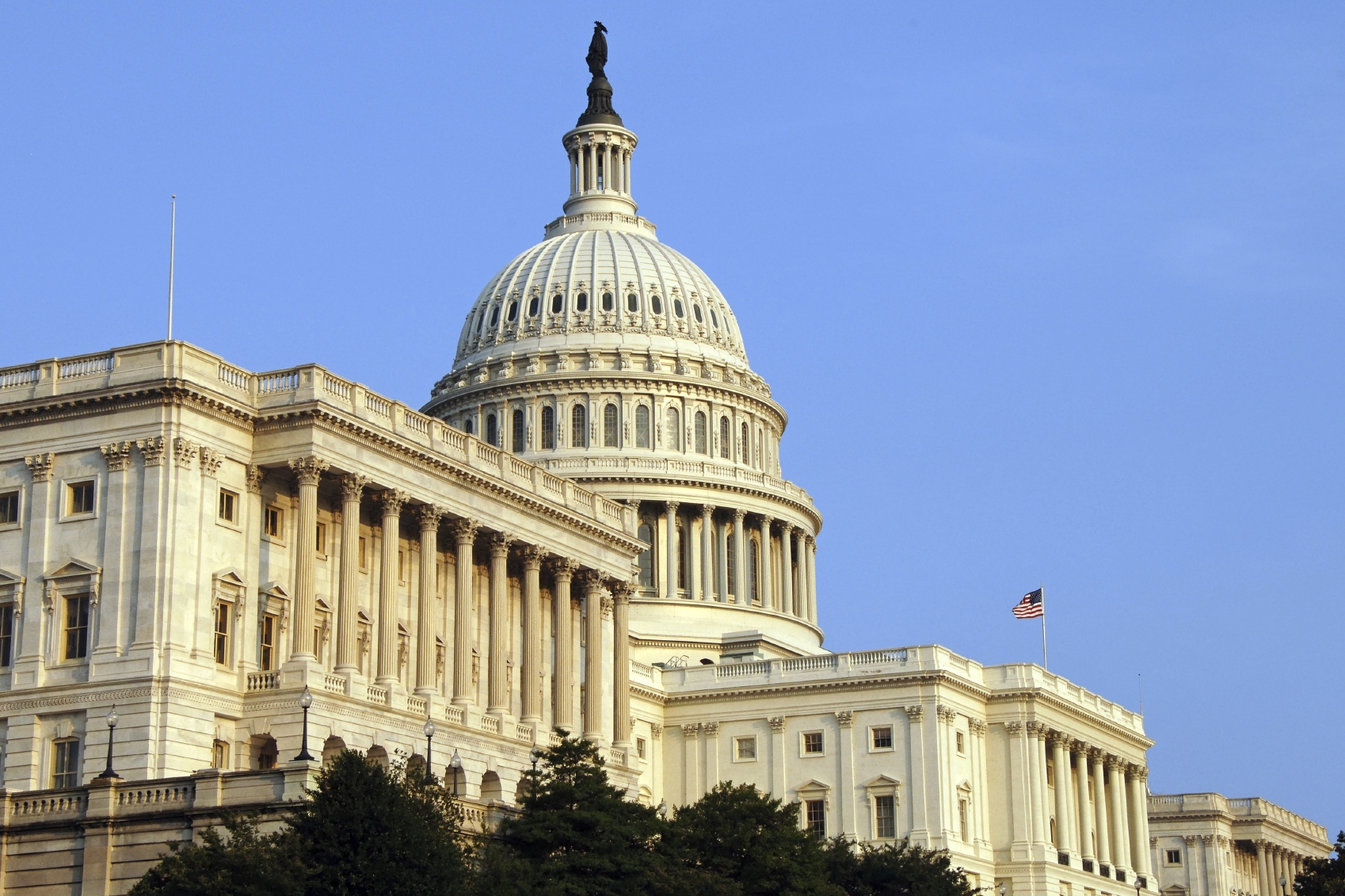Since its inception in 1945, the U.S. has been the UN’s largest financial contributor. As a permanent member of the Security Council and host of UN headquarters in New York City, the U.S. holds significant clout at the UN, and its leadership in providing financial support to the organization is a reflection of that influential role.
The fact is, from peacekeeping missions that promote stability in various parts of the world, to its work on nonproliferation, counterterrorism, and human rights, the UN is a force-multiplier for the U.S., addressing global challenges that the U.S. simply couldn’t confront alone.
How Funding is Structured
Funding from Member States for the UN system comes from two main sources: assessed and voluntary contributions.
Assessed contributions are payments that all UN Member States are required to make. These assessments provide a reliable source of funding to core functions of the UN Secretariat via the UN regular and peacekeeping budgets. In addition, the UN’s specialized agencies have their own assessed budgets.
Voluntary contributions are not obligatory, but instead left to the discretion of individual Member States. These contributions are vital to the work of the UN’s humanitarian and development agencies—including the UN Children’s Fund (UNICEF), World Food Programme (WFP), UN Development Programme (UNDP), UN Refugee Agency (UNHCR), and UN Population Fund (UNFPA), among others—which do not have assessed budgets.


